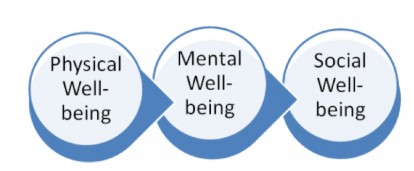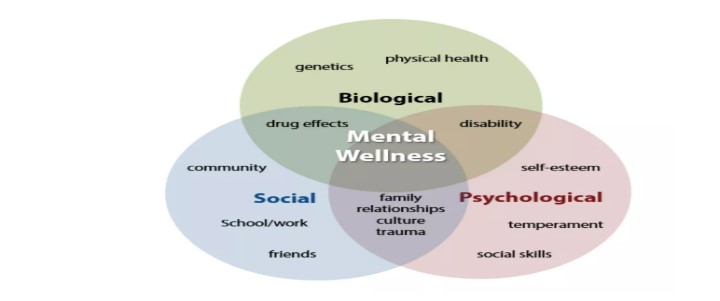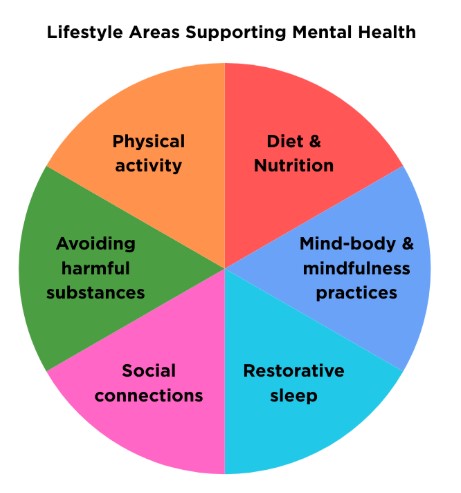7667766266
enquiry@shankarias.in
Mains: GS II – Issues Relating to Development and Management of Social Sector/Services relating to Health, Education, Human Resources
Recently, the World Health Organization (WHO) report revealed that, more than 1 billion people are living with mental health disorders.



If you are in distress, please reach out to MANAS at 14416 or 18008914416 and Sanjivini Society for Mental Health at 011-40769002